House of Flowers
Walker Warner Architects brought House of Flowers onto a whole new level with a revamp of the vineyard landscape and the interior of the winery, making it a must-see destination in the Russian River area.
Flowers’ new guest experience breathes new life into a cherished local landmark to become a destination resort-style estate dedicated to the celebration of wine, food, and the natural landscape. Located minutes from downtown Healdsburg, in the heart of Russian River Valley, and originally built as a winery in the mid-70s, the facilities on this 15.5 acre estate had deteriorated and become outdated. Long known for its rustic charm and authentic connection to nature, the site held promise. By coincidence, Flowers Vineyard & Winery was looking for a venue to showcase their sustainably produced wines within a setting that expressed their nature-based ethos. Opportunity met serendipity to become a perfect union of context and intent, and a home for Flowers’ hospitality house. The challenge was how to evolve the existing collection of facilities and preserve the natural legacy while ensuring the venue could meet the expectations of today and become a true destination.
Set within a redwood grove, the existing buildings were largely disconnected from their rich landscape. The strategy was to find ways to reconnect visitors to the landscape while reimagining what was a series of simple industrial buildings. This reinvigorated journey began by investing the site with a sense of orientation. New pathways lead visitors from the parking area to the updated visitor center. Previously a warehouse, the new hospitality house provides guests with an orientation to the site and introduces the Flowers’ story. As with the other existing on-site structures, the hospitality house has been stained a shadowy black—inspired by the deep shade of the surrounding redwood grove—to help the buildings recede into the site and allow the landscape to be the focus.
Remodeling the existing structures rather than building anew aligned with the Flowers’ commitment to sustainability. The approach, which enabled most of the original structure to be ‘recycled,’ gave focus to the design efforts, elevating what was already present. Passive energy strategies—low-cost, high-impact—were maximized and included taking advantage of daylight (skylight and large windows) and shade (exterior wood slats serve as a veil while the surrounding redwood grove offers additional shade). Sustainability is reinforced through several large, monumental functional wood installations made of salvaged logs by artist Evan Shively.
Tucked discretely into the landscape, the transformation involved adding a pop-up element at one end of the single-story hospitality house. The addition knits building with topography, resulting in a multi-level facility that preserves the modest vernacular forms while providing seamless access to the stunning views and gardens afforded by the hilltop. The airy hilltop structure serves as a transition to the spacious gardens and provides sheltered seating and amenity spaces, including an outdoor wood-fired oven. The interiors are bright thanks to bleached cypress siding, completing the yin-yang (dark-light) relationship of outside to inside.
Architect: Walker Warner Architects
Design Team: Mike McCabe, Brooks Walker, Sharon Okada, Matthew Marsten, Hana Bittner, Darcy Arioli
Interior Design: Maca Huneeus Design
Landscape Architect: Nelson Byrd Woltz
Contractor: Cello & Maudru Construction Company
Photography: Douglas Friedman

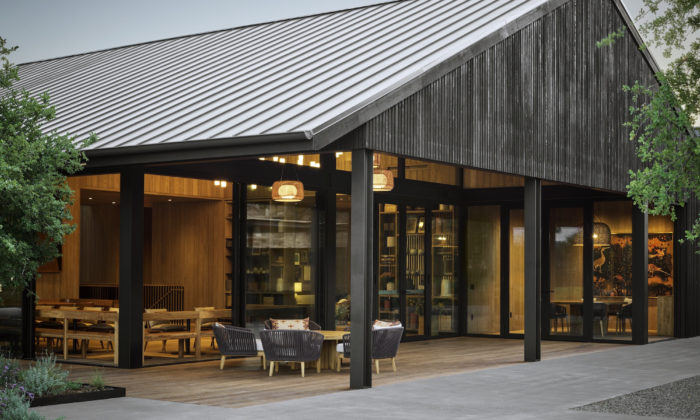
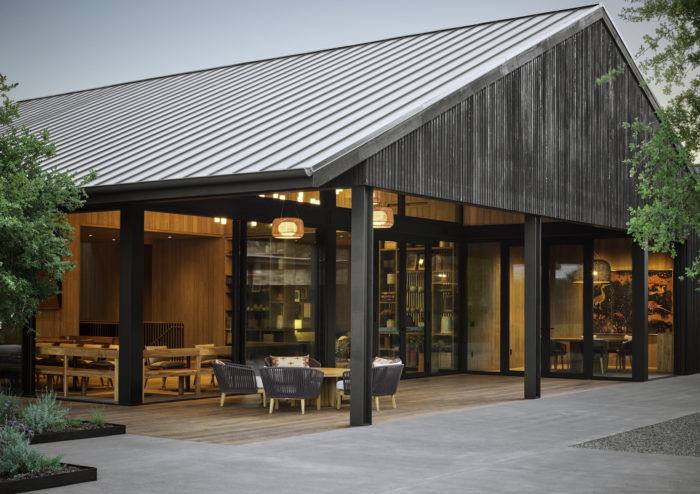
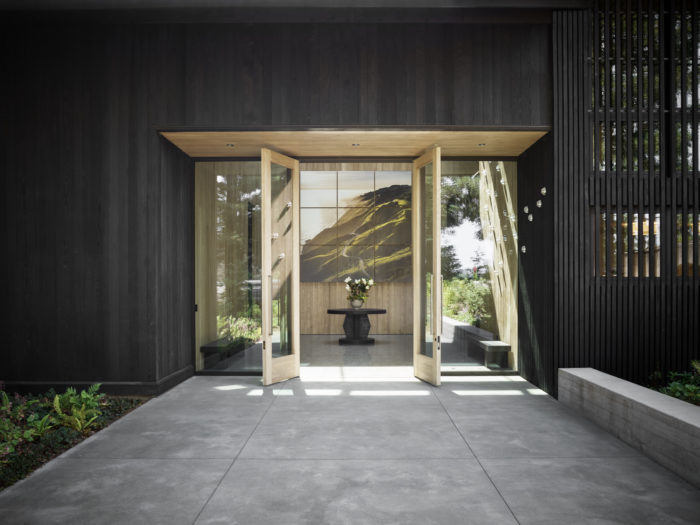
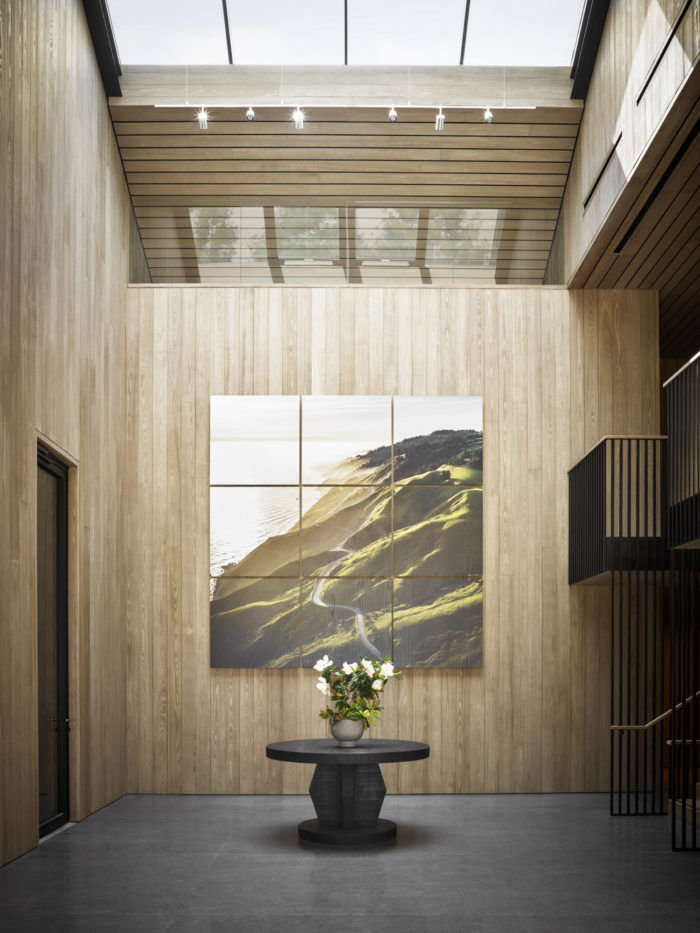
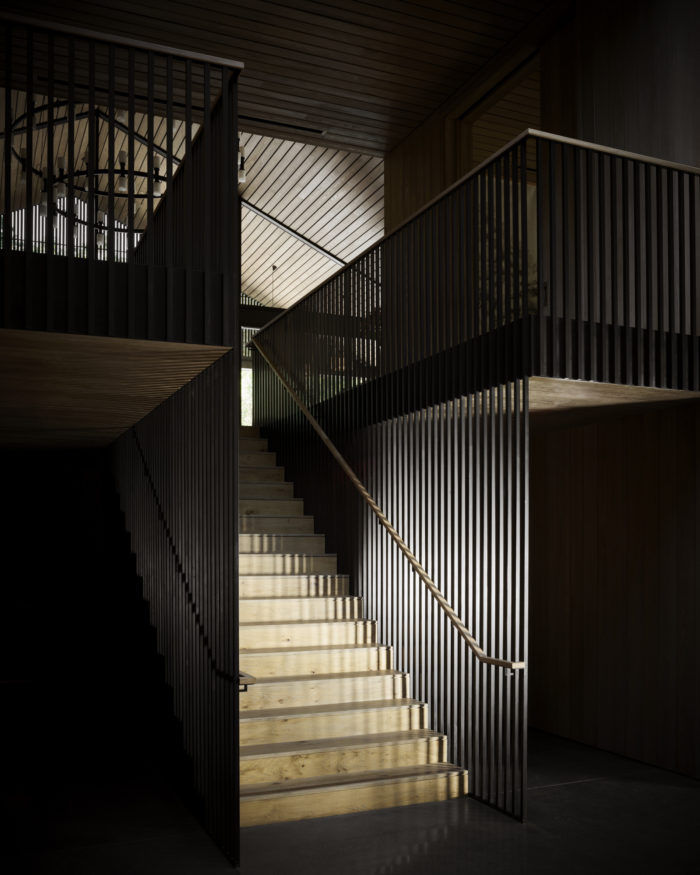
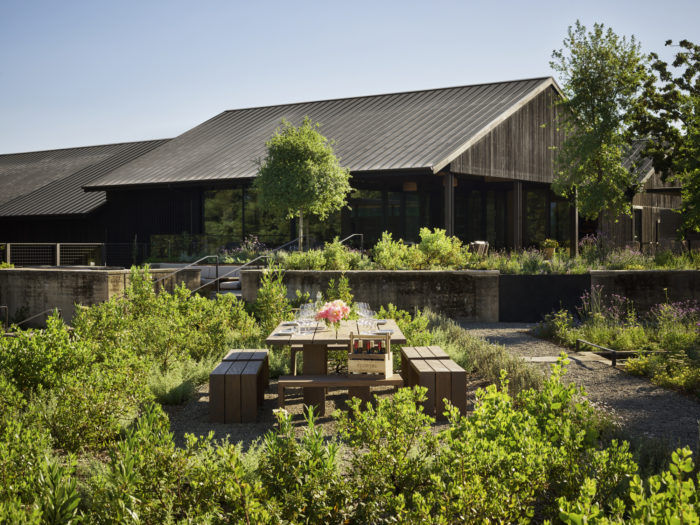
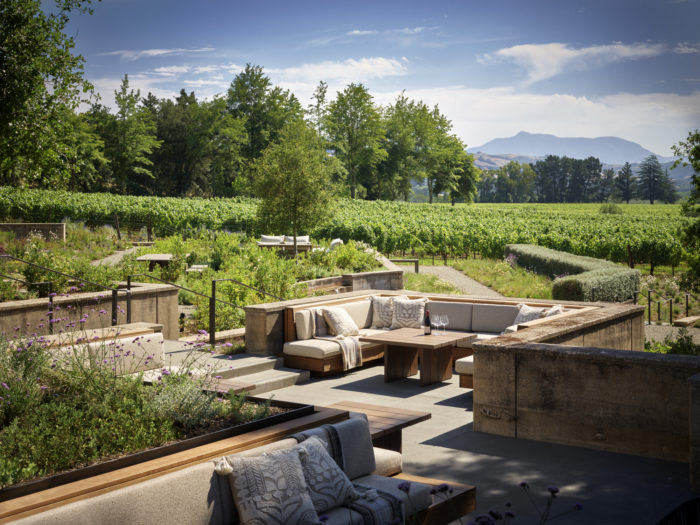
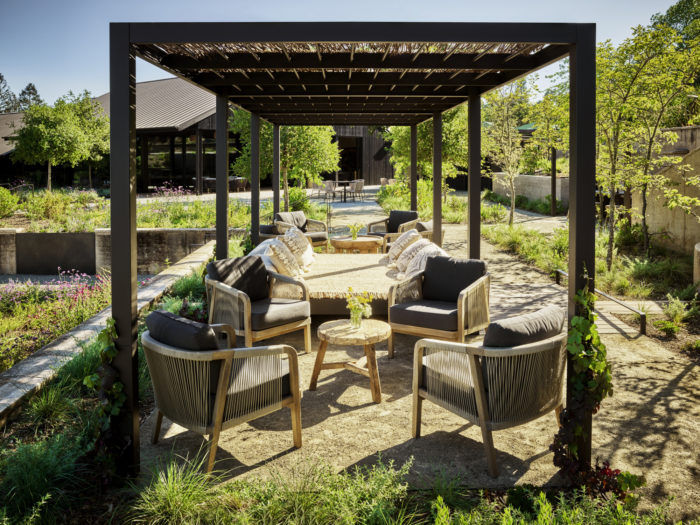
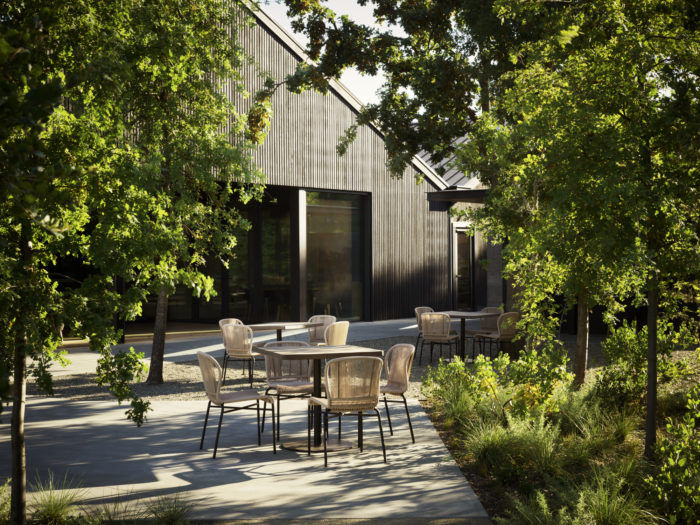
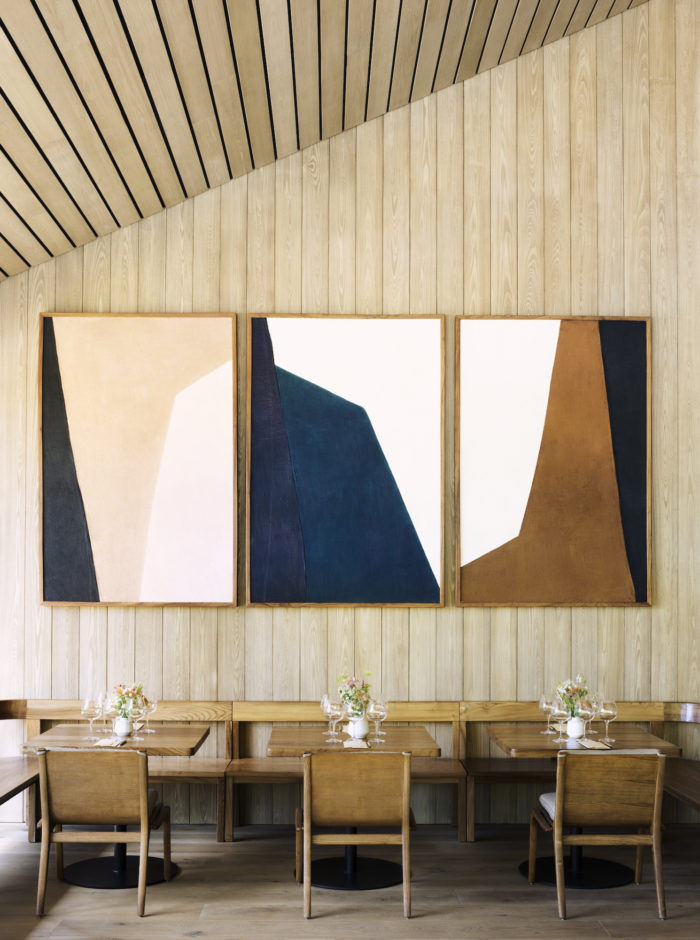
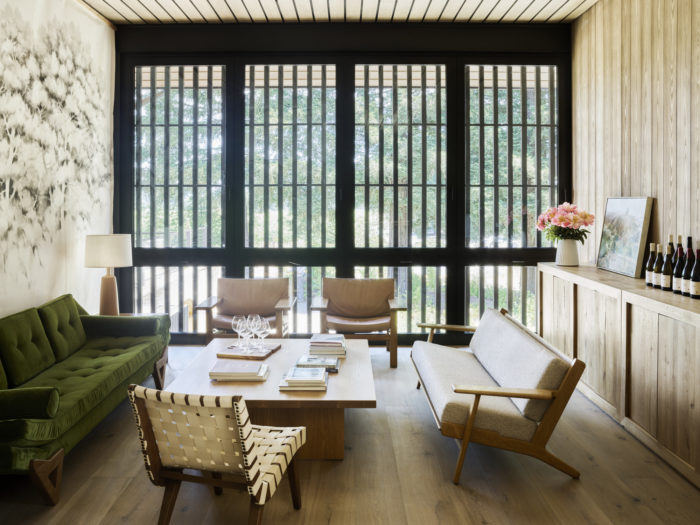
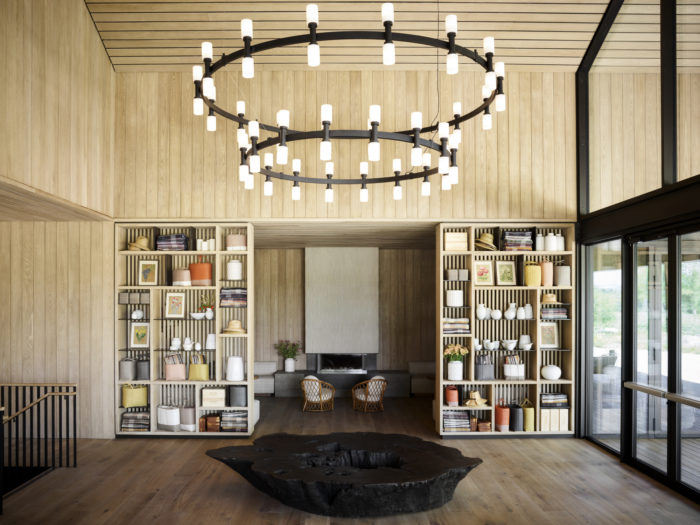
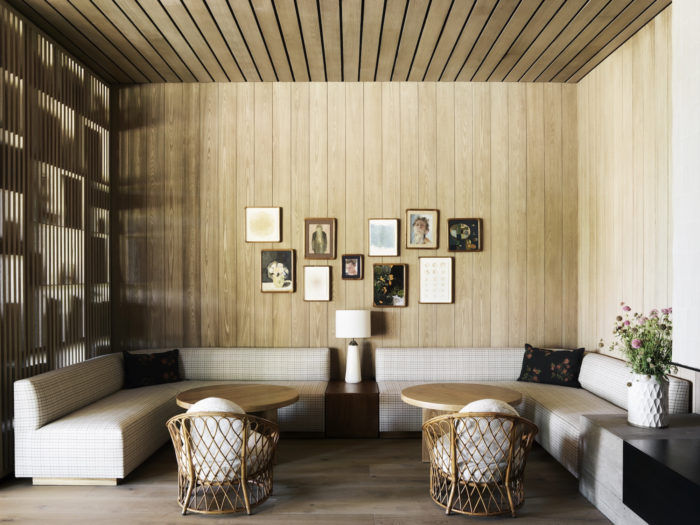
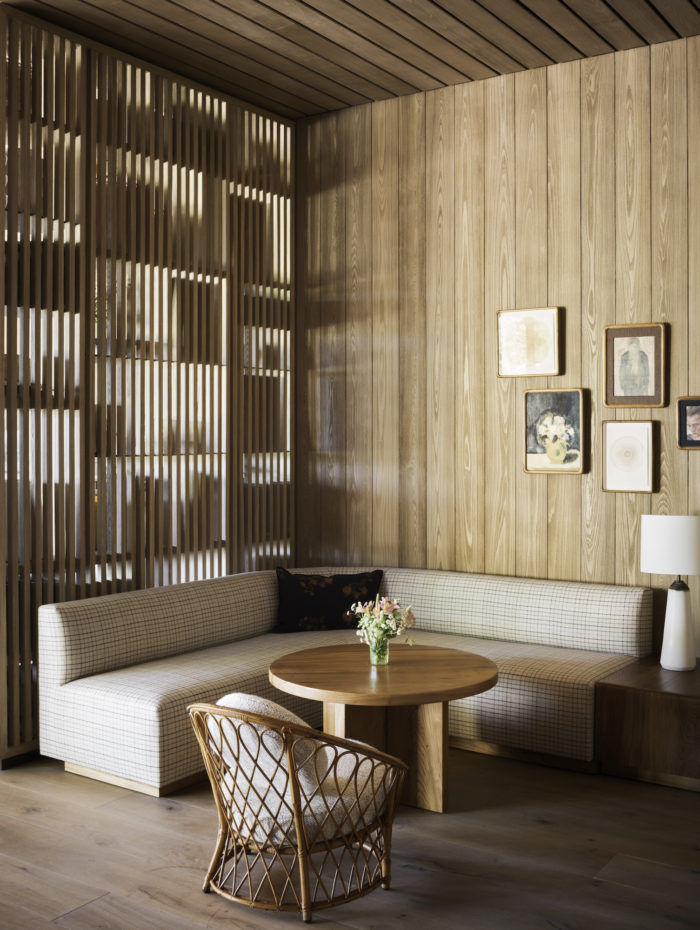
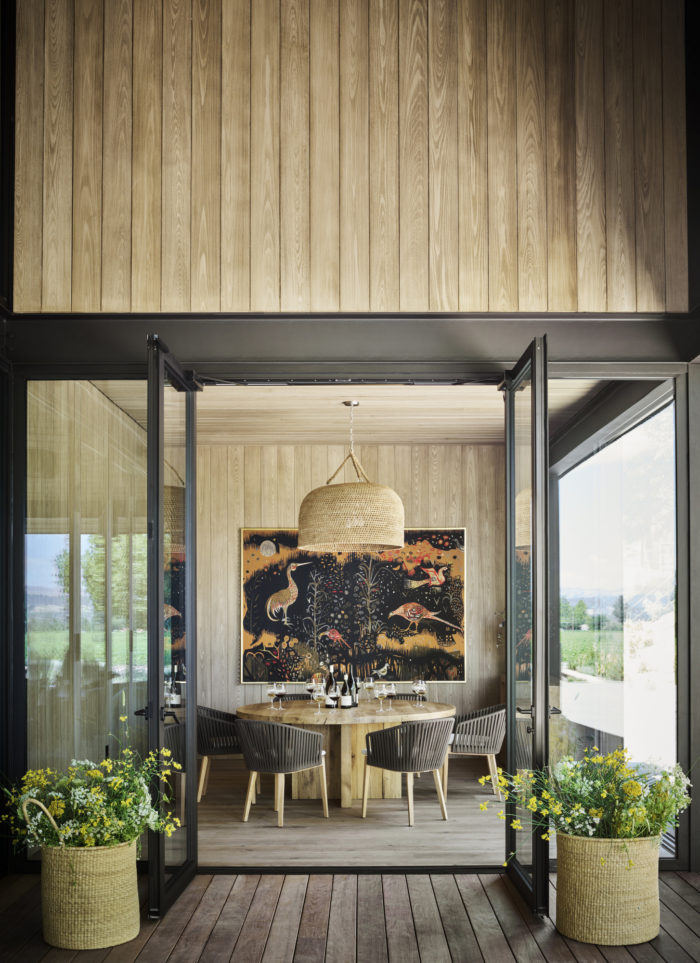
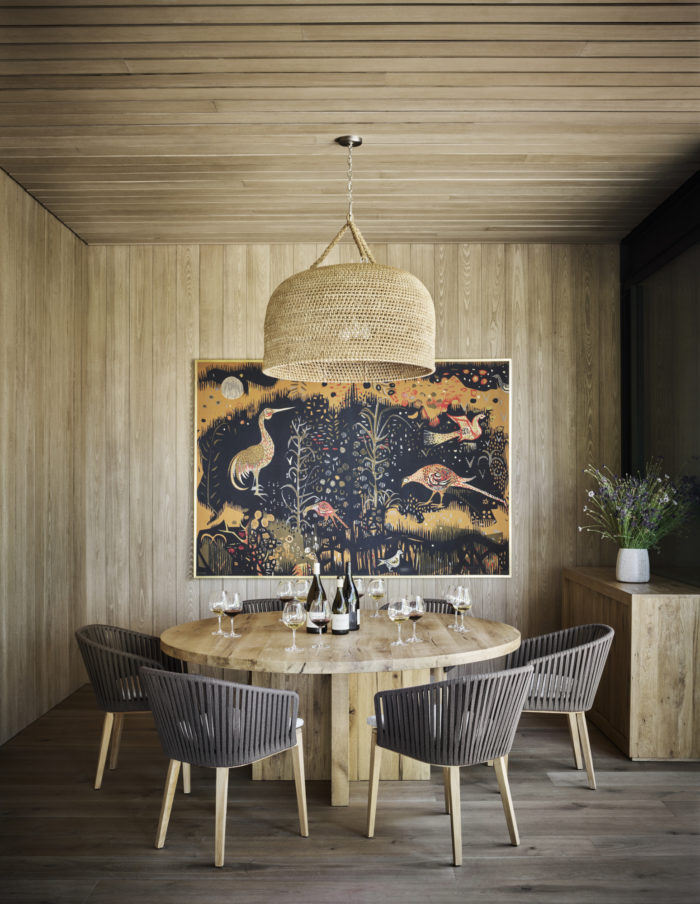
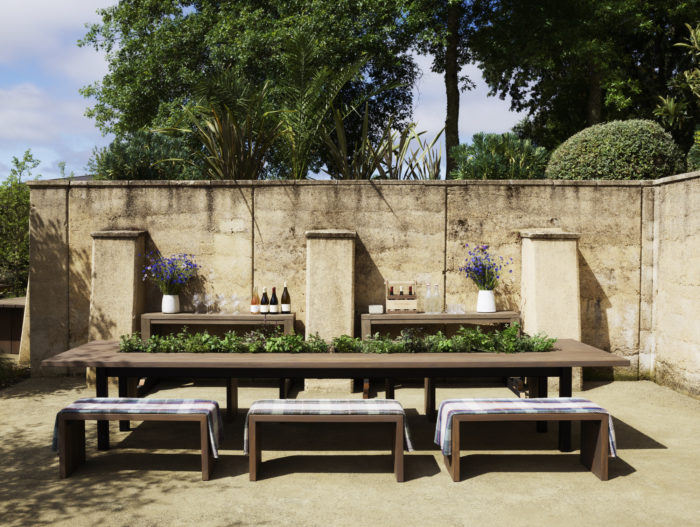

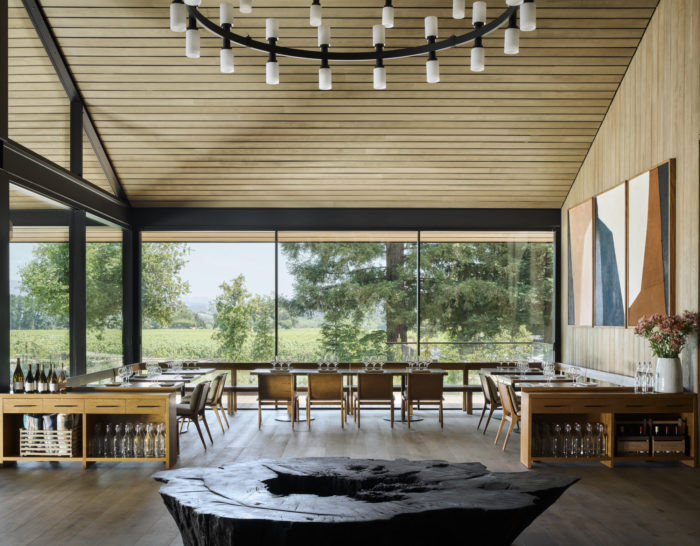

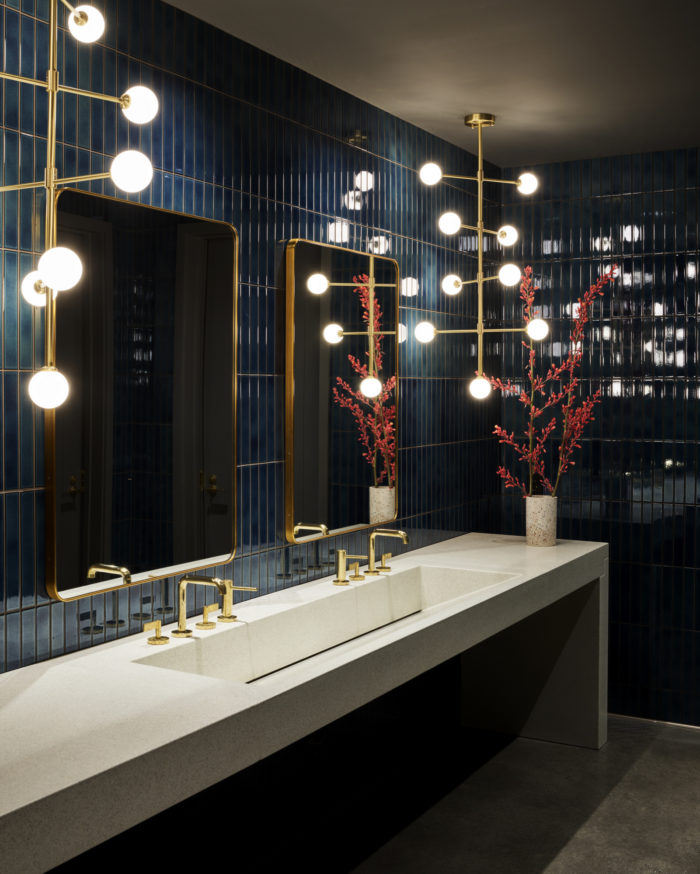




Now editing content for LinkedIn.